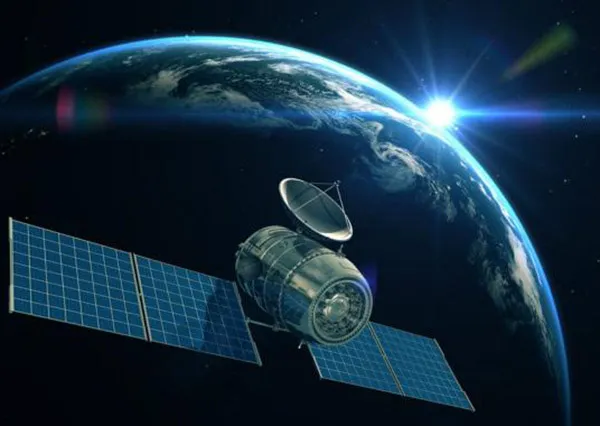Most current satellite navigators use American GPS, Russia's Glonass, and in some cases China's Beidou and Galileo. As long as no jammers are operating, the combination of the system ensures higher positioning accuracy as more satellites can be evaluated. Additionally, using a different system prevents suppliers from being shut down or signals being intentionally forged. However, all systems are susceptible to interference. In theory, Glonass is a bit more robust, but is also easily blocked.

- Traficom, the Finnish transport and communications authority, reported on the accumulation of faults in the GPS navigation system - and prompted an air traffic warning.
- Interference in satellite reception is basically nothing unusual and could also be caused by intense solar activity.
- In this case, however, flights close to the Russian border are often significantly affected.
- Similar disruptions were reported in the airspace around Kaliningrad.
They have been around the war zone in Syria for a long time. The events aren't surprising given Putin's war on Ukraine, but they do highlight a common problem with satellite navigation: The system can be compromised, and the means are relatively simple because the signal is relatively weak and used for civilian use without even encryption.

The simplest variant is the so-called jamming. Suffice to say, the satellite signal was overwhelmed by jammers. The navigation device only receives strong noise and can no longer filter out the correct satellite signal. The device has the same effect as if the satellite signal was blocked, so the receiver would also show weak signal strength or lose contact with the satellite completely. Hundreds of meters of position error and sudden changes in velocity display can also occur if the receiver is within the jammer's confines.

The jammer is relatively simple and can be ordered online for about $60. The simplest jammers plug into a car's cigarette lighter and are designed to prevent the car from being tracked. Even though these transmitters have low power and correspondingly small ranges, there are sometimes side effects. They are said to be popular with London taxi drivers to prevent automatic recording of working hours. Sometimes they also interfere with ATMs. Because these use GPS signals to synchronize trading time.

The problem arose as early as 2007 during a naval exercise near San Diego
Civilian GPS jammers cost a few hundred dollars and have limited range. Even so, the devices can disable vehicle tracking, navigation and ATMs
The jammer's range depends on the transmission power and its location. As long as it is broadcast from the ground, the range of civilian jammers will not exceed two kilometers. When deployed from aircraft or even satellites, larger areas could be disrupted; what a military system like the Russian "Zhitel" is capable of can only be guessed at. There is little reliable information to be found, not even information on which systems are available. The estimates assume that "Zhitel" can interfere with GPS signals within a radius of 20 to 30 kilometers.

With the increasing reliance on satellite-based positioning and navigation services in various sectors, including aviation, transportation, and finance, the impact of signal interference can be far-reaching.
Interference in satellite reception can occur through various means, with jamming being one of the simplest and most common methods. By overwhelming the satellite signal with strong noise, jammers disrupt the functioning of navigation devices, leading to inaccuracies in positioning and navigation. The effects of jamming can range from minor disruptions to significant errors in position determination and velocity display, posing risks to safety-critical applications such as aviation.

The accessibility of GPS jammers, which can be purchased online for relatively low prices, raises concerns about their misuse and potential impact on critical infrastructure. While some jammers are designed for benign purposes, such as preventing vehicle tracking or enhancing privacy, their unintended consequences can be substantial. For instance, interference with ATMs, synchronization systems, or even emergency services due to jamming incidents can result in financial losses and public safety concerns.

The range of civilian GPS jammers is typically limited to a few kilometers when ground-based. However, when deployed from aircraft or satellites, the coverage area of jammers can be significantly larger, potentially disrupting navigation systems over extensive regions. Military-grade jamming systems, such as the Russian "Zhitel," possess even greater capabilities, with estimates suggesting interference within a radius of 20 to 30 kilometers. The widespread deployment of such systems could pose significant challenges to the integrity and reliability of satellite navigation services.

Addressing the threat of signal interference requires a multi-faceted approach involving technological solutions, regulatory measures, and international cooperation. Enhanced signal authentication mechanisms, robust encryption protocols, and the development of anti-jamming technologies can help mitigate the impact of interference on satellite navigation systems. Additionally, stringent regulations governing the sale and use of GPS jammers, along with measures to detect and prosecute offenders, are essential to safeguarding the integrity of critical infrastructure and ensuring public safety.







